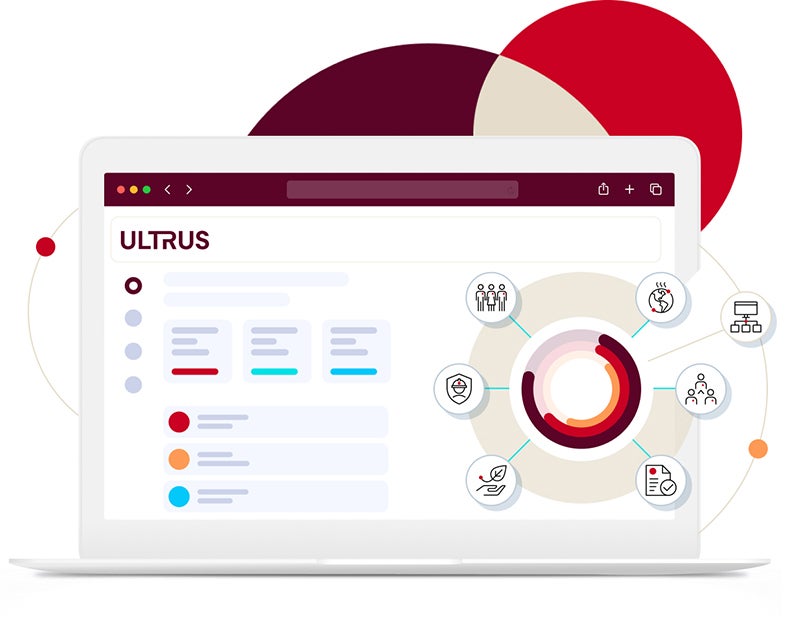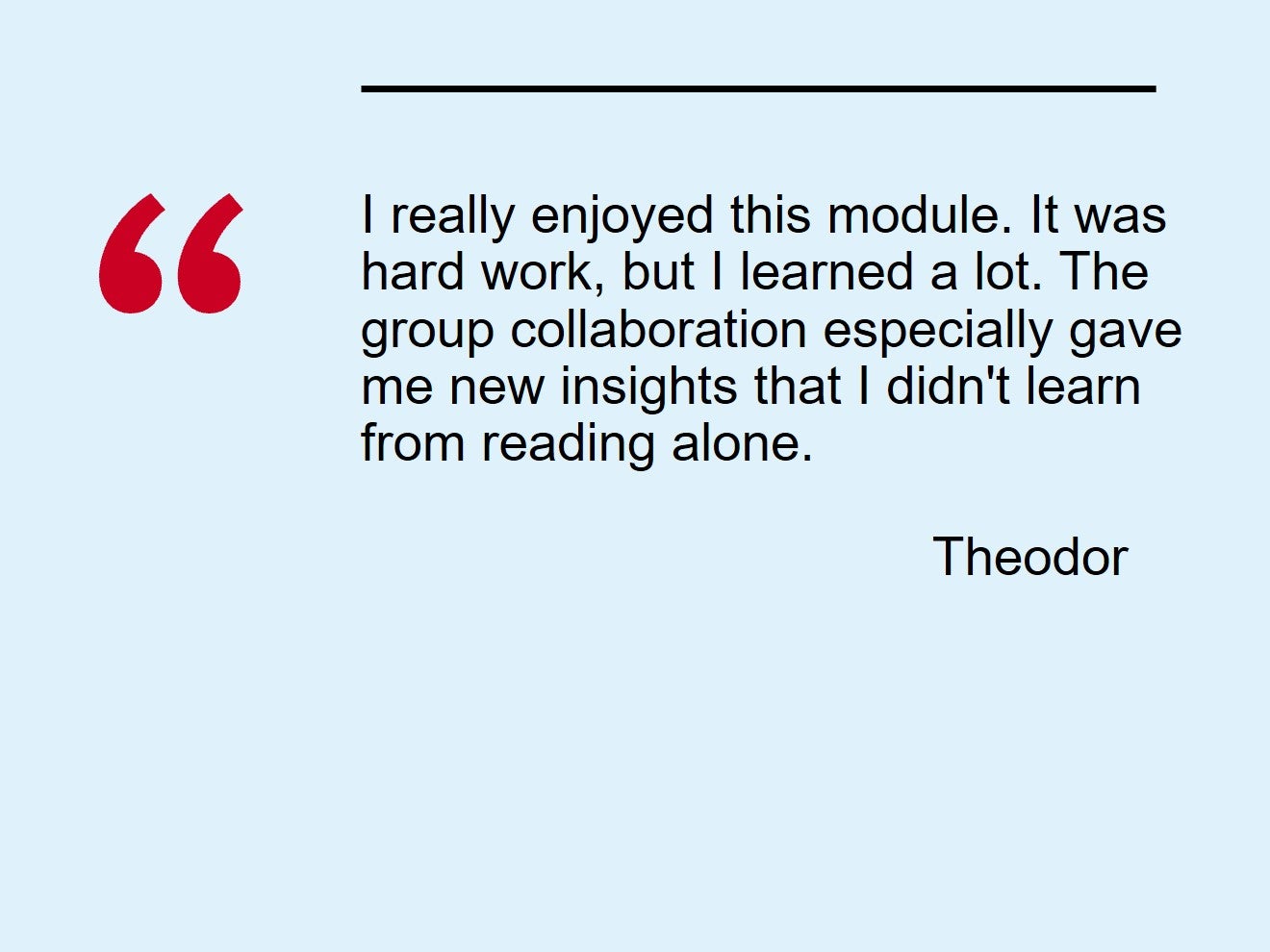
6 weeks
of hands-on training
€1,690
special offer
Feb. 9, 2026
next cohort start date
Remote
learn from anywhere
Curriculum
The Software-Defined Vehicle in Practice learning program takes six weeks to complete. It consists of six modules, each with approximately eight hours of intensive hands-on training based on a continuous example used throughout the course.
Modules
- Module 1: Getting started/Introduction to Software-Defined Vehicles
The module starts with an instructor-led session. The aim is team building to get the small virtual learning groups up and running. The curriculum and learning platform are introduced and questions from learners are answered. An overview of the software-defined vehicle (SDV) concept is given, the different SDV levels are presented and the difference between SDV and Autonomous Driving (ADS-DV) is explained.
- Module 2: Systems Engineering for SDV
The module examines the systems engineering approach to SDV, including the evolution of architectural models to the present day. The capabilities, including skill management, necessary for organizations to build a software-defined vehicle are discussed. The module concludes with a deep dive into engineering challenges in the context of SDV.
- Module 3: Enabling Technologies for SDV
The module covers some of the key enabling technologies for SDV. The learner is introduced to standardization in hardware and software, cloud and edge computing, free/liberal open-source software (FLOSS), and the concept of updateability of an SDV. V2X technology, ML/AI and challenges regarding enabling technologies are discussed. The module includes an instructor-led session.
- Module 4: SDV Frameworks
This module provides an overview of SDV frameworks such as Eclipse SDV, ROS, DDS and APEX.OS. The benefits and challenges of these underlying frameworks are discussed. The Car Operating System, a potential industry-wide project, is also addressed.
- Module 5: Business Models and Organization of Work in the SDV Ecosystem
The module examines the business side of software-defined vehicles (including FLOSS), the regional markets, the ecosystem and the relevant market players and their partnership and collaboration strategies. This module also sheds light on the challenges the tech industry faces in entering the automotive sector and related topics such as compliance, quality and disciplined engineering. The module includes an instructor-led session.
- Module 6: Standards and Regulations in the SDV Ecosystem
The module concludes the curriculum with a look at SDV-related standards and regulations, such as functional safety (e.g., ISO 26262), cybersecurity (e.g., UN R155, ISO/SAE 21434) and software update engineering (e.g., UN R 156, ISO 24089). Topics such as machine learning/artificial intelligence and ISO/PAS 8800 are also covered.
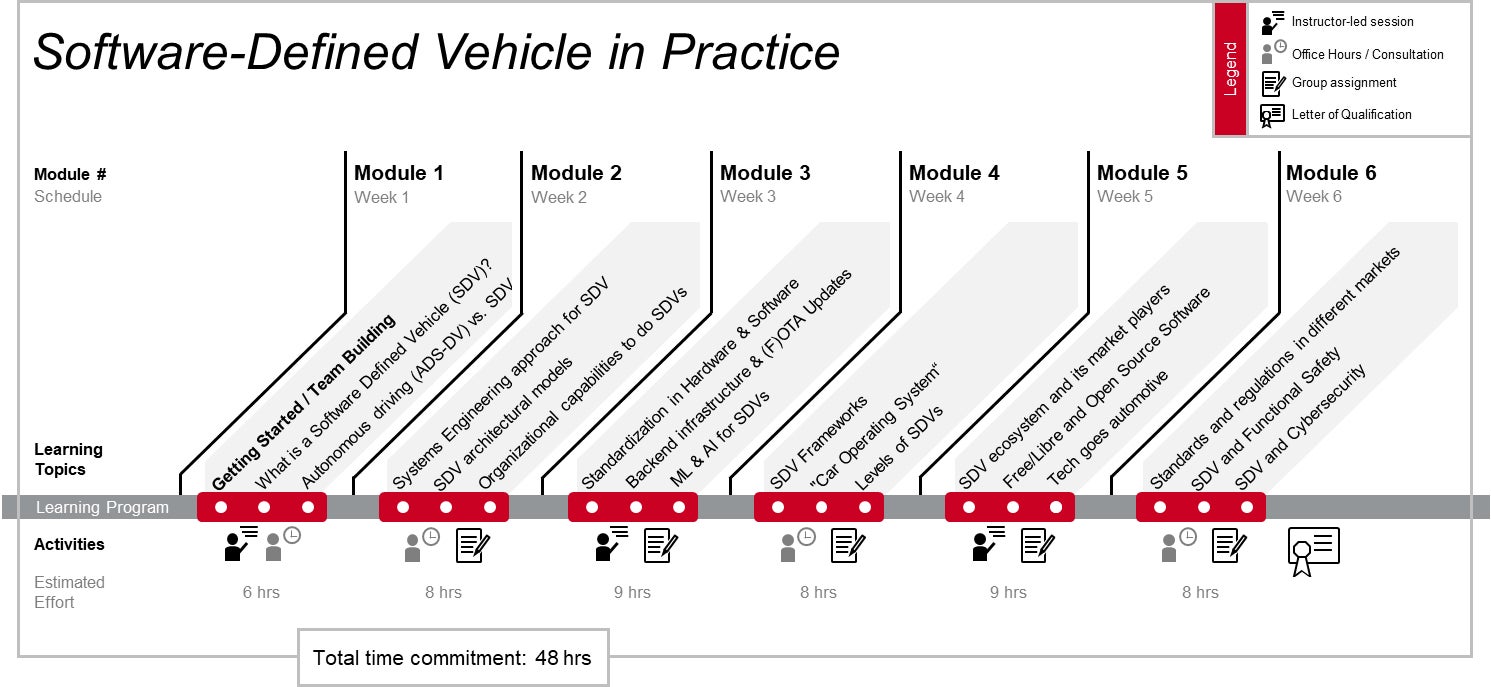
Learning objectives
The Software-Defined Vehicle in Practice learning program offers learners a broad overview of the SDV topic, including:
- What a Software-Defined Vehicle (SDV) is and how it differs from Autonomous Driving (ADS-DV).
- SDV levels and frameworks.
- The systems engineering approach for SDV, including relevant architectural models and organizational capabilities.
- Enabling technologies for SDV in terms of hardware and software.
- The SDV ecosystem and relevant market players, including business models.
- Standards and regulations, including functional safety and cybersecurity, which affect SDVs.
Become an SDV practitioner by learning the technological, organizational, and compliance enablers and requirements and how to combine them into an automotive product using a systems engineering approach.
Learning approach
In small, virtual groups, learners engage with each other in a community-based setting, called Campus, to maximize knowledge retention.
At Campus, curricula address a variety of learning styles by:
- Providing content from module handouts to work product templates and videos
- Enhancing your learning experience with guiding questions
- Challenging you with weekly group assignments
- Testing your knowledge at the end of each module
Your learning group will check the second group's results while a third group checks yours. Group results must be uploaded to our Campus learning platform by Thursday evening. You will then receive feedback from your peers.
Sample module schedule
- View a sample module schedule
- Monday: Self-study of given material, i.e., video, papers, book chapters, relevant standards/regulations —1 hour.
- Tuesday: Online group meeting to discuss technical lead questions and the weekly group assignment — 1 hour.
- Wednesday: Offline individual work to solve the committed part of the group assignment — 2 hours.
- Thursday: Online group meeting to discuss, combine individual results and upload the group assignment to our Campus learning platform — 2.5 hours.
- Friday: Online group meeting to review other team’s group assignment results; take individual weekly exam — 1.5 hours.

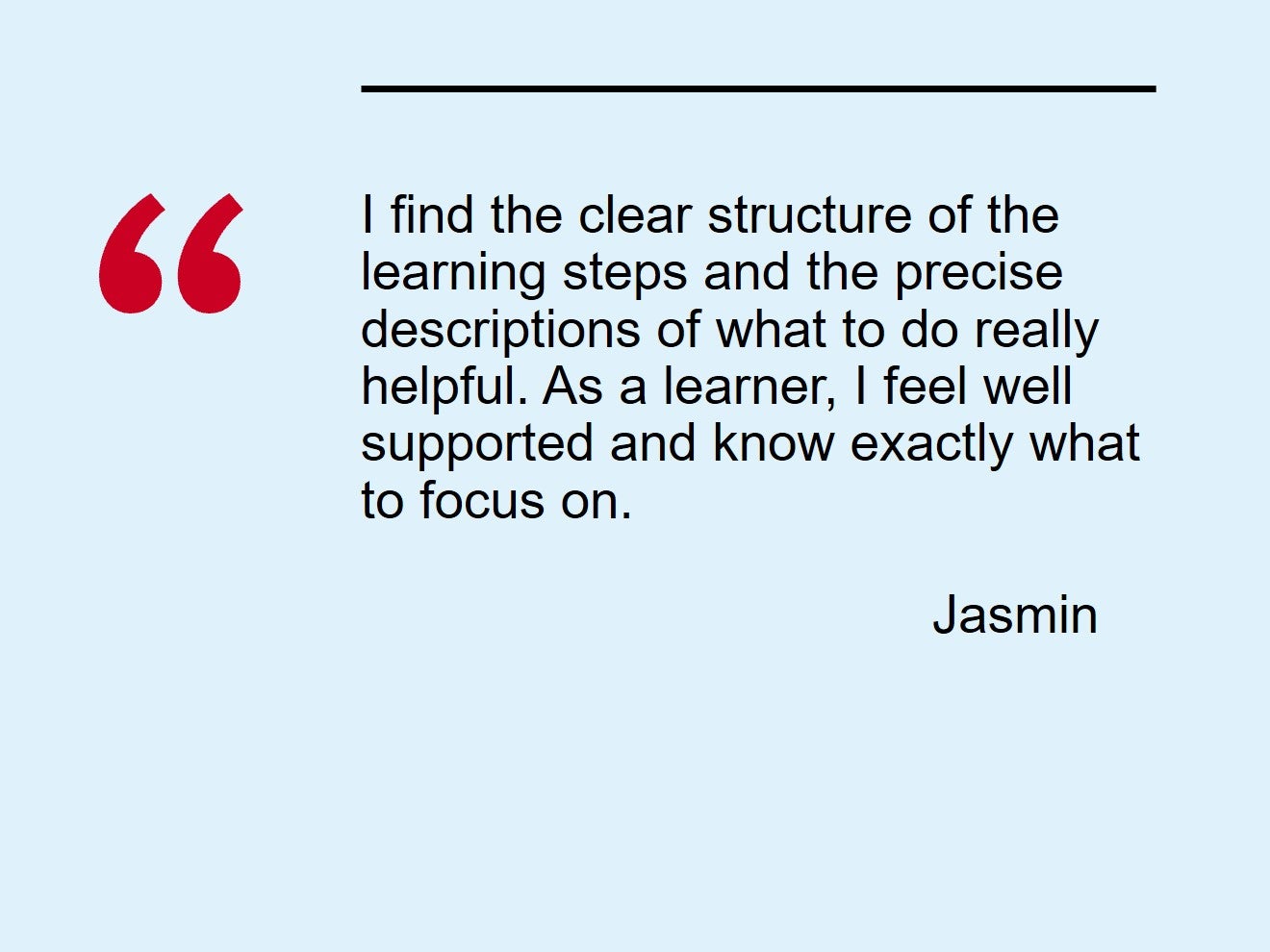
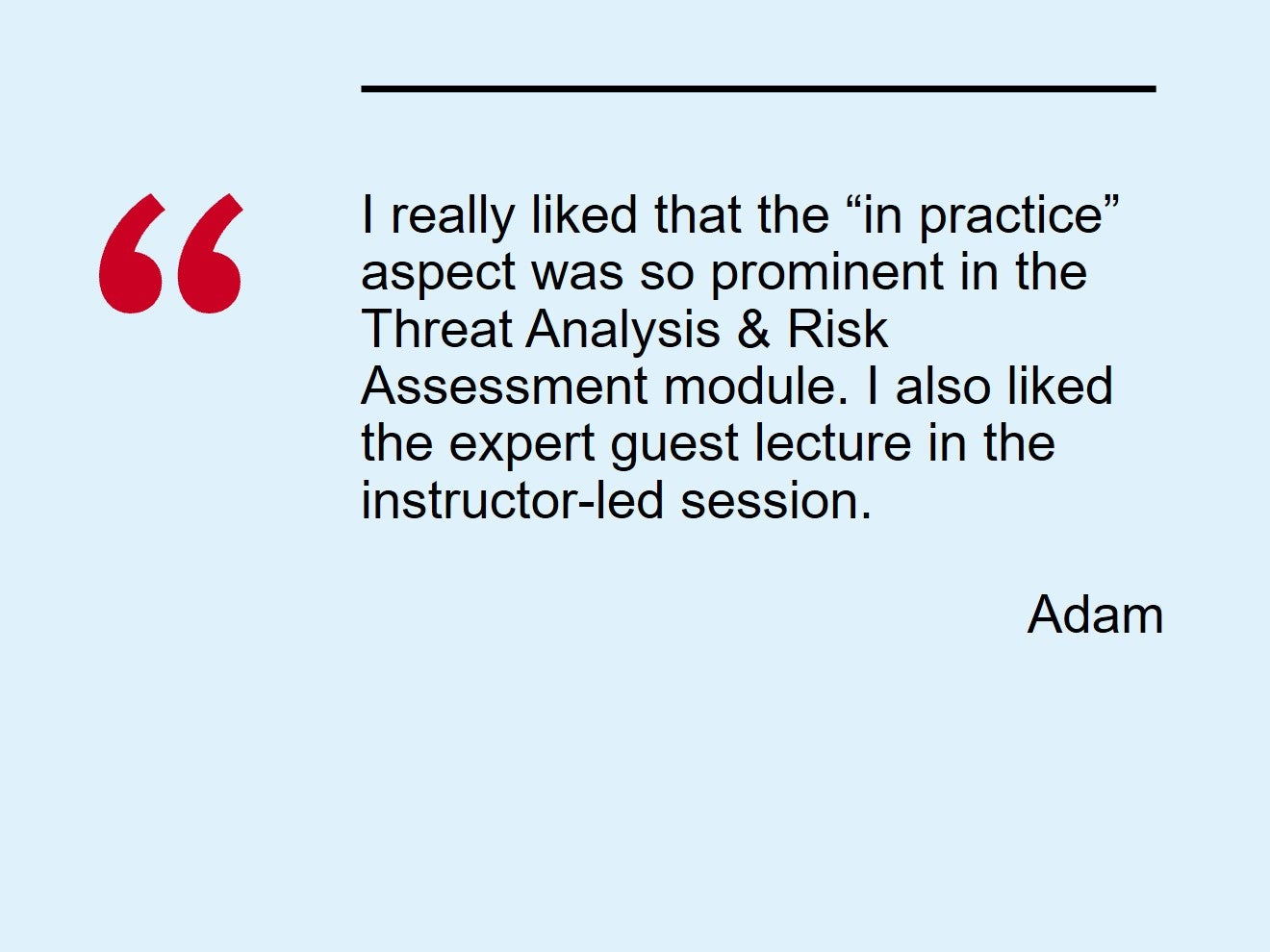
Suitable for
The Software-Defined Vehicle in Practice curriculum is designed for a wide audience interested in retraining or upskilling, including:
- System/hardware/software architects, engineers and testers
- Quality assurance managers/engineers/auditors
- Leaders/members of engineering process group
- Configuration managers
- Project managers
- Managers
Placement test
- Take the placement test
Assess your readiness for this training program:
- Do you work in electronics development in the automotive sector?
- Do you have practical experience in at least one of the following areas?
- Systems engineering
- Software development or software engineering
- Electronics hardware development
- Process development in electronics development
- Management in electronics development
- Quality assurance or assessment in engineering departments
- Are you currently working, or will you soon be working on SDV projects?
- Do you speak English well enough to actively participate in a technical discussion?
- Can you make group learning a priority for eight hours a week for six weeks in a row without being the one setting the schedule?
If you answered yes to all these questions, you are in a position to benefit from attending this learning program.
If you answered no to any of these questions, please contact campus@ul.com to see if there are other options for your specific training needs.
Letter of Qualification
To successfully complete the Software-Defined Vehicle in Practice learning program and receive a Letter of Qualification, learners must:
- Actively participate in the group work, including submitting the group assignments on time.
- Pass the knowledge check (multiple choice test) at the end of each module.
The Letter of Qualification, recognized in the automotive industry, demonstrates that the learner has acquired the relevant knowledge and skills in the area of the software-defined vehicle.
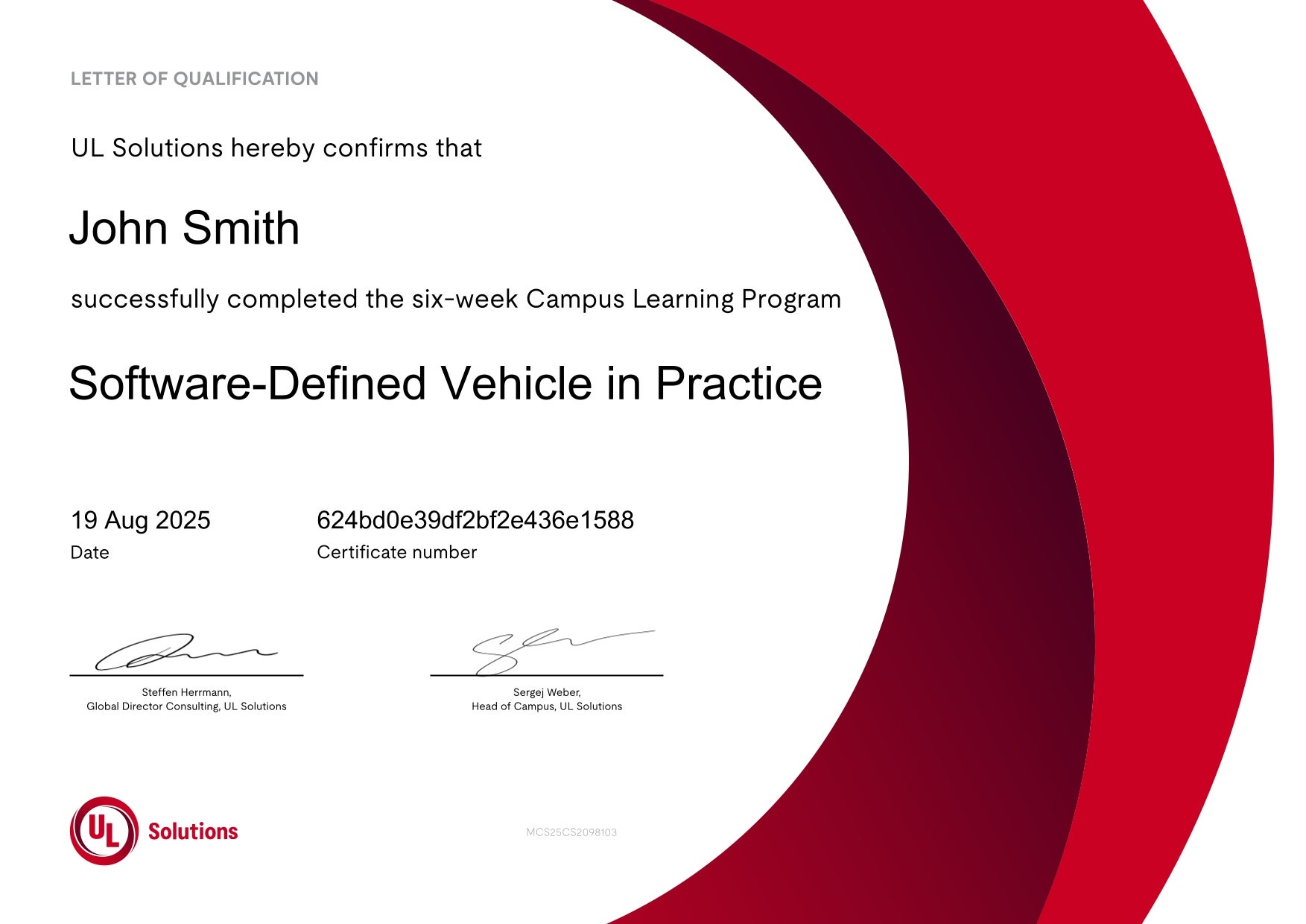
FAQs
- How do I enroll in the learning program?
On this page, click on the Registration button. You will be taken to the Registration page where you will find the terms and conditions and be able to book your place on the learning program by selecting the “See Dates” button and following the registration process.
- How are the learners divided into learning groups?
At Campus, learners from different companies learn from and with each other. To facilitate self-organization, we group learners by time zone, self-assessed technical understanding and preferred language (all content and group work deliverables are in English).
- Does the learning program require on-site attendance?
No. Participation in learning programs is remote only at Campus.
- What happens if I miss a module?
We understand that these things happen. However, to receive a Letter of Qualification, you must actively and independently complete the missed content. Furthermore, you must review the missed group assignment, including group deliverables, and the feedback from your peer group.
- Do I have to share any confidential information with my learning group?
No. All learners are required to adhere to their company's policies regarding the sharing of confidential information. We do our part by providing templates and the like so that proprietary work products do not have to be used.
- When will additional curricula be available?
We are currently working on additional learning programs for Campus. For more information about new learning programs and cohort start dates, visit UL.com/Campus.
